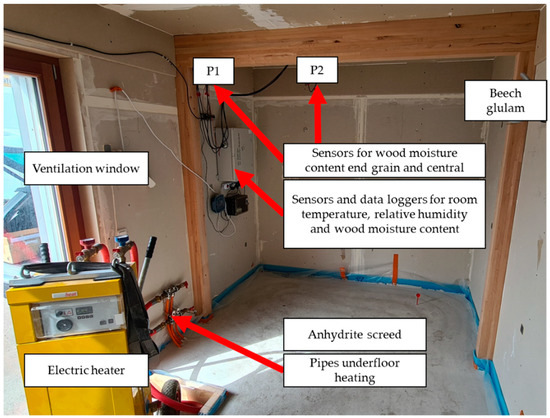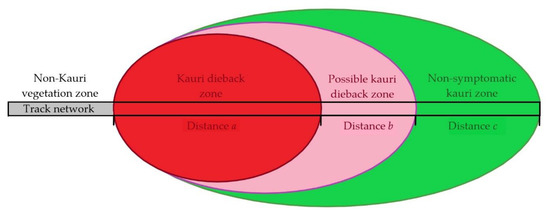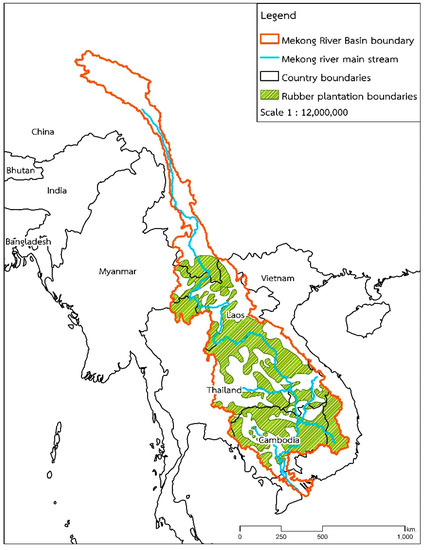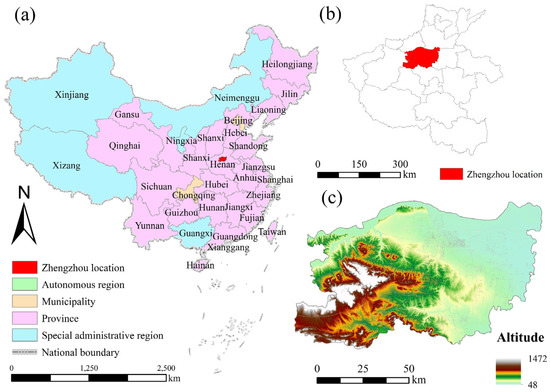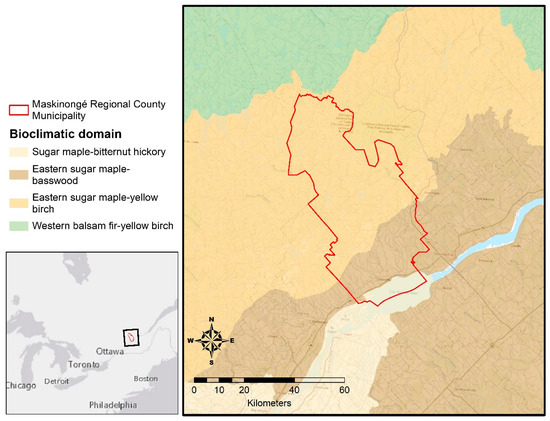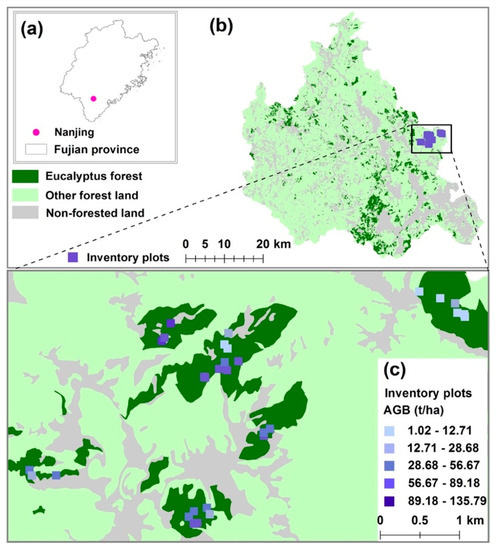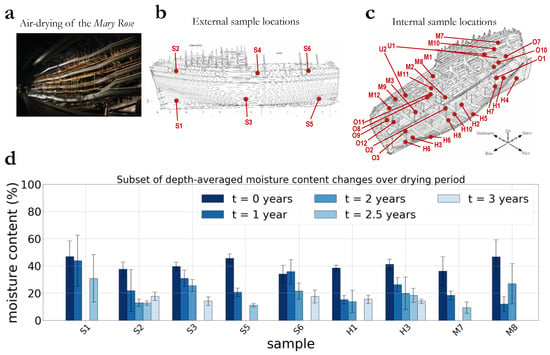Forests 2021, 12(12), 1676; https://doi.org/10.3390/f12121676 - 30 Nov 2021
Cited by 8 | Viewed by 2557
Abstract
Planting density primarily affects the yield and wood quality of plantations. There are multiple reports on the effects of planting density on growth traits and wood properties in young triploid Chinese white poplar (Populus tomentosa) plantations. Nevertheless, assessment of the effects
[...] Read more.
Planting density primarily affects the yield and wood quality of plantations. There are multiple reports on the effects of planting density on growth traits and wood properties in young triploid Chinese white poplar (Populus tomentosa) plantations. Nevertheless, assessment of the effects of initial planting density is lacking for plantations older than ten years. Here, an 11-year-old plant density trial (2490, 1665, 1110, 832, 624, 499, and 416 trees/hm2) established with four hybrid clones (S86, B301, B331 and 1316) in northern China was used to determine the effect of initial planting density on growth traits (diameter at breast height (DBH), tree height (H), stem volume (SV) and stand wood volume (SWV)), basic wood density (BWD), and fiber properties (fiber length (FL), fiber width (FW), and the ratio of fiber length to width (FL/FW)). A total of 84 trees from four clones were sampled. In this study, the initial planting density had a highly significant effect on growth traits (p < 0.001) and had a moderate effect on FL. Overall, the reduction in initial planting density led to the increase in DBH, H, SV, and FL/FW. Triploid hybrid clones planted at 416 trees/hm2 had the largest DBH, H, SV, FL/FW and the smallest SWV and FW. Clonal effects were also significant (p < 0.05) for all studied traits except for FL. Clone S86 had a higher growth rate and the largest BWD and FW. Clones–initial planting densities interaction was insignificant for all growth traits and wood properties. A weak and positive estimated correlation between BWD and growth traits (H, SV, SWV) within each planting density was seen. Our results demonstrate that an appropriate reduction in initial density in triploid Chinese white poplar plantations with long rotation is a suitable strategy to promote tree growth and retain excellent wood processing characteristics.
Full article
(This article belongs to the Section Forest Ecology and Management)
►
Show Figures




